Excerpt From This Story From The Wilderness Society:


Excerpt from this story from The Wilderness Society:
Trees absorb carbon dioxide and give off oxygen. This makes them some of our greatest allies in the fight against the climate crisis.
Big, dense, old-growth forests are especially good at absorbing and trapping (or “sequestering”) carbon, the leading greenhouse gas causing climate change. The Tongass National Forest in Alaska is often referred to as “America’s Climate Forest,” the nation’s “climate insurance policy” and “a national champion” of carbon sequestration.
But that only works if they’re left standing. Once cut down, these trees release their stored carbon and can exacerbate the climate crisis. That’s why we need to protect old-growth trees in places like the Tongass.
The Trump administration got rid of protections for the wildest parts of the Tongass. The White House said it plans to review that decision. We encourage President Biden to follow through on that promise and ultimately restore protections to this ancient rainforest.
Tongass National Forest has been called a “key weapon“ for fighting climate change. The reason: big, old-growth trees are highly effective at trapping climate-warming greenhouse gas like carbon dioxide from the atmosphere and storing (or “sequestering”) it. Scientists have estimated that the Tongass accounts for about 8% of the carbon sequestered by all national forests.
Bottom line: if left standing, these trees are crucial to combating the climate crisis. But when old-growth trees are logged, they release carbon back into the atmosphere, exacerbating the climate crisis rather than helping it. Research has found that carbon density in unmanaged forests is 60% higher than in managed forests. In other words, forests like the Tongass are most effective in helping the climate crisis when left alone.
Scientists have known for quite some time that plants—especially trees—are big-time absorbers of carbon dioxide and other greenhouse gases. A 2011 study tried to quantify the worldwide effect and reported a net global forest sink of as much as 1.1 petagrams—1.1 billion metric tons—of carbon per year. According to the EPA’s calculator, that means the world’s forests annually remove carbon from the atmosphere equivalent to that contained in nearly 54 million tanker trucks’ worth of gasoline.
More Posts from Solarpiracy and Others
Grieve AND organize.
Good article by David Hunter on how to survive the Trump presidency, both on the personal and on the political plane.

The DOJ’s report of Mike Brown’s autopsy. Death ruled a homicide.
Ferguson grand jury documents withheld (x)
More anger, action at Ferguson Commission meeting (x)
Ferguson book gifts grow; library donations over $350,000
Gov. Nixon declined 7 year old…



Better Future Program’s 3,000 free resources have all been officially moved to Notion and not only are much easier to read on BOTH desktop and mobile, but have fully functional search and sorting options! Go check out our Liberation Library to support a Black-, queer-, and woman-owned nonprofit!

Zine: All Together: A Primer for Connecting to Place & Cultivating Ecological Citizenship
By: Emma Percy
Review:
When it comes to place, there are many aspects to study. Culture. History. Resources. This zine focuses on nature. In “Full Sun,” I included this zine under “further reading” with this description:
“Consider this zine a solarpunk textbook. It focuses on the individual’s relationship with the nature where they live. There are activities and questions for the reader to complete, with lots of blank space for reflection. I recommend this especially for people who are new to environmental activism.”
To go into further detail: this work is beautiful, with typewritten words and collage backgrounds. (The author is talented with collage, as seen in this zine and the Stravaig series.) I almost want to call it a perzine, but rather than being about the author’s personal experiences, they’re about the reader’s. This is a zine that encourages introspection and reflection.
I imagine it is not uncommon for people to feel unconnected to the place where they live. While they may know a lot about the water cycle and how food is grown, those things can feel very distant in everyday life. Percy gives guidance and specific prompts for the reader to understand how they fit into the natural world around them.
This review was written April 22, 2021.
Poor Unfortunate Souls in a major key is cursed

Someone asked for stuff to read about anarchism and where to get started really doing something. I don’t think they’d want their username posted publicly so here is my answer without the question attached:
For something to read about Anarchism, the book that’s always at the top of my list is Anarchy Works by Peter Gelderloos. It’s online for free here: https://theanarchistlibrary.org/library/peter-gelderloos-anarchy-works/
As for how to get started, probably the best first step is to find people who are already doing something and ask if they need help. Maybe there’s a local Mutual Aid Group, a soup kitchen, a group organizing protests? Don’t expect to or try to quickly do high-risk high-impact stuff with strangers. That kind of thing takes trust, getting to know each other and learning some basics about how to keep yourself and others safe.
If there’s no people near you or if the people near you are not people you wanna work with, the second best thing is to find at least one other person you can get along with who also wants to actually do something. Then talk about what you could do together and put some of it into action. Again, try small low-risk things first, get to know each other, learn together, and gradually move to more ambitious plans. Check out 30 Antifa Actions for inspiration: https://antifainternational.tumblr.com/post/175437159827/30-antifa-actions
Finally: try to hang on to your privacy, even during low risk actions. If you’re helping in a soup kitchen, it’s tempting to share your full name, pose for a picture on their facebook, tell people where you live, talk about it on your real-name social media account… & if you only ever wanna work in a soup kitchen, you can do all that. But if you think there’s a chance you’ll want to move on to some higher risk actions, it’s a good idea to enter the community under a nickname, to keep your face offline and to not talk about activism on social media accounts connected to your real name. Keeping a low profile can be a great asset later on.
We all seem to agree that Tattooed!Sirius would have Canis Major somewhere on his body but I am also of the opinion that on the side of his chest, usually covered by his arm, he’d have Leo as well. When people asked, he’d say it was because Leo is the lion, for Gryffindor, but closest to his heart, the Regulus star stuck out, because for all his talk, he hadn’t quite given up on his little brother yet.
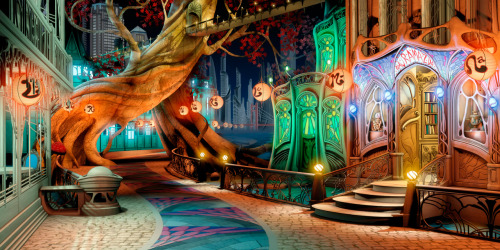
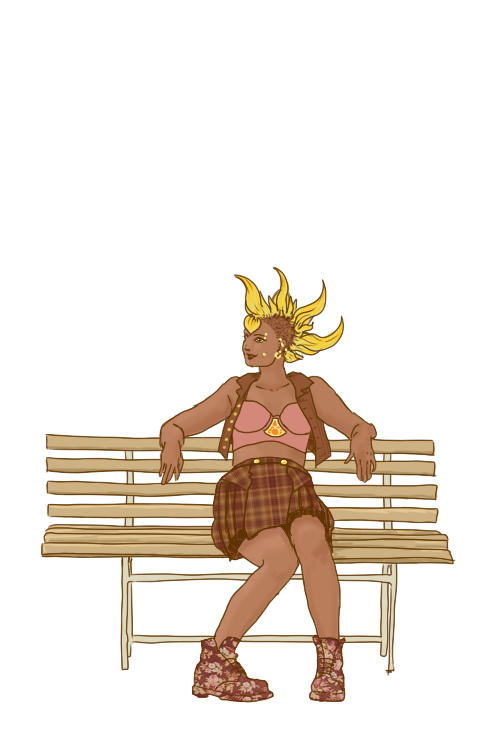
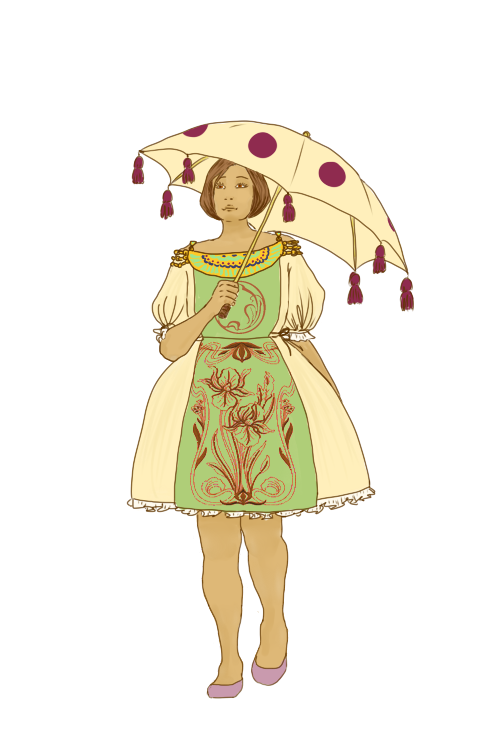
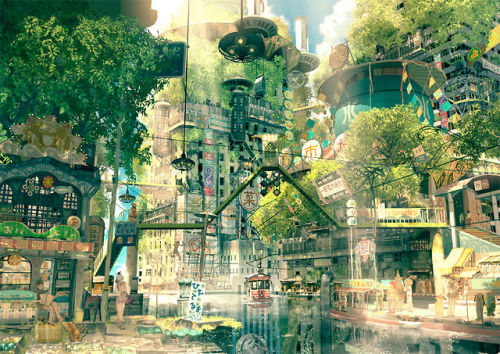
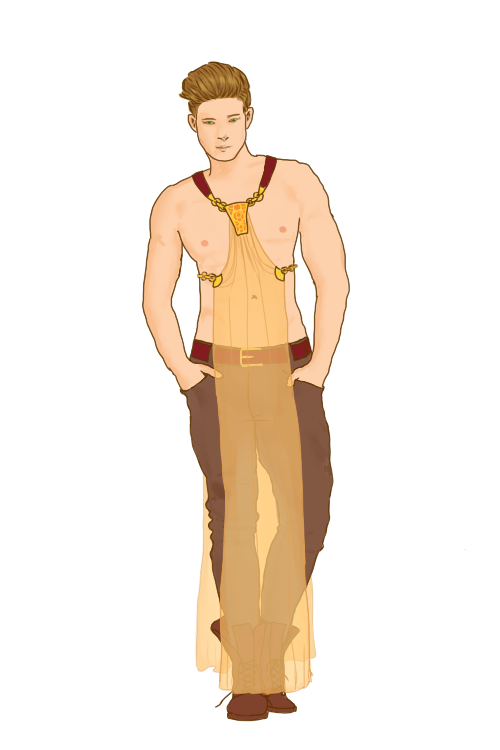
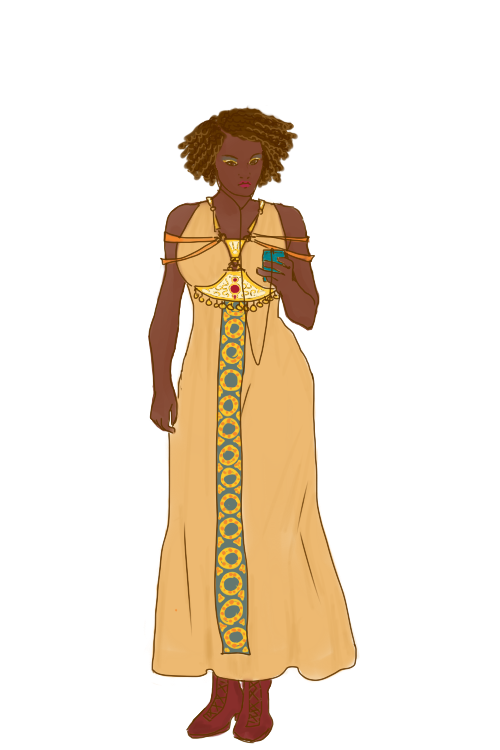
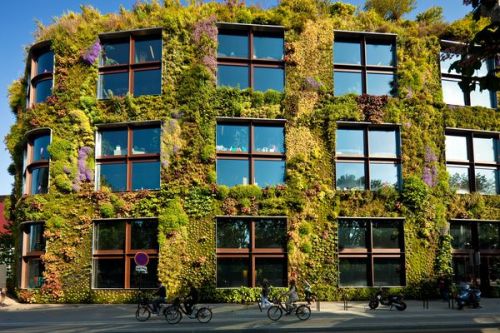
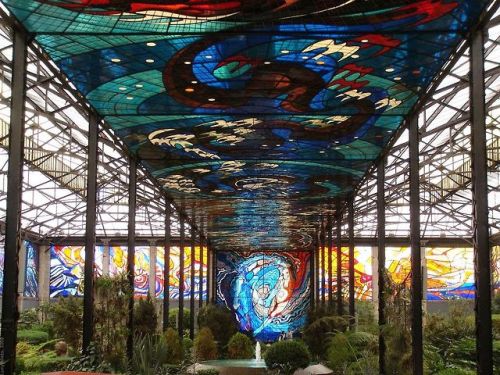
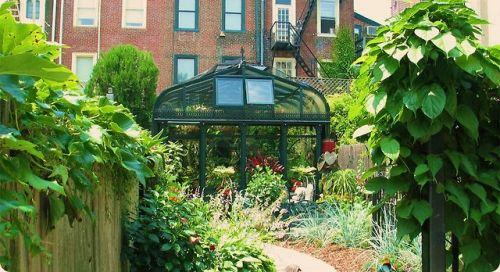
Here’s a thing I’ve had around in my head for a while!
Okay, so I’m pretty sure that by now everyone at least is aware of Steampunk, with it’s completely awesome Victorian sci-fi aesthetic. But what I want to see is Solarpunk – a plausible near-future sci-fi genre, which I like to imagine as based on updated Art Nouveau, Victorian, and Edwardian aesthetics, combined with a green and renewable energy movement to create a world in which children grow up being taught about building electronic tech as well as food gardening and other skills, and people have come back around to appreciating artisans and craftspeople, from stonemasons and smithies, to dress makers and jewelers, and everyone in between. A balance of sustainable energy-powered tech, environmental cities, and wicked cool aesthetics.
A lot of people seem to share a vision of futuristic tech and architecture that looks a lot like an ipod – smooth and geometrical and white. Which imo is a little boring and sterile, which is why I picked out an Art Nouveau aesthetic for this.
With energy costs at a low, I like to imagine people being more inclined to focus their expendable income on the arts!
Aesthetically my vision of solarpunk is very similar to steampunk, but with electronic technology, and an Art Nouveau veneer.
So here are some buzz words~
Natural colors! Art Nouveau! Handcrafted wares! Tailors and dressmakers! Streetcars! Airships! Stained glass window solar panels!!! Education in tech and food growing! Less corporate capitalism, and more small businesses! Solar rooftops and roadways! Communal greenhouses on top of apartments! Electric cars with old-fashioned looks! No-cars-allowed walkways lined with independent shops! Renewable energy-powered Art Nouveau-styled tech life!
Can you imagine how pretty it would be to have stained glass windows everywhere that are actually solar panels? The tech is already headed in that direction! Or how about wide-brim hats, or parasols that are topped with discreet solar panel tech incorporated into the design, with ports you can stick your phone charger in to?
(((Character art by me; click the cityscape pieces to see artist names)))
-
 natasha-the-slavic-shadow liked this · 3 years ago
natasha-the-slavic-shadow liked this · 3 years ago -
 queerhistorymajor reblogged this · 3 years ago
queerhistorymajor reblogged this · 3 years ago -
 cyclicaloblivion reblogged this · 3 years ago
cyclicaloblivion reblogged this · 3 years ago -
 den1990 reblogged this · 3 years ago
den1990 reblogged this · 3 years ago -
 meadowslark reblogged this · 3 years ago
meadowslark reblogged this · 3 years ago -
 yourreddancer reblogged this · 3 years ago
yourreddancer reblogged this · 3 years ago -
 spiralarray reblogged this · 3 years ago
spiralarray reblogged this · 3 years ago -
 friendlylocalgeek liked this · 3 years ago
friendlylocalgeek liked this · 3 years ago -
 athelind reblogged this · 3 years ago
athelind reblogged this · 3 years ago -
 athelind liked this · 3 years ago
athelind liked this · 3 years ago -
 jwdragon164 reblogged this · 3 years ago
jwdragon164 reblogged this · 3 years ago -
 jwdragon liked this · 3 years ago
jwdragon liked this · 3 years ago -
 dredpiratelou liked this · 3 years ago
dredpiratelou liked this · 3 years ago -
 luciferapollyon reblogged this · 3 years ago
luciferapollyon reblogged this · 3 years ago -
 luciferapollyon liked this · 3 years ago
luciferapollyon liked this · 3 years ago -
 vintagemarlene liked this · 3 years ago
vintagemarlene liked this · 3 years ago -
 smaugbornassassin reblogged this · 3 years ago
smaugbornassassin reblogged this · 3 years ago -
 fof2012 liked this · 3 years ago
fof2012 liked this · 3 years ago -
 feelingbluepolitics reblogged this · 3 years ago
feelingbluepolitics reblogged this · 3 years ago -
 henkeli liked this · 3 years ago
henkeli liked this · 3 years ago -
 gotham4awhile liked this · 3 years ago
gotham4awhile liked this · 3 years ago -
 solarpiracy reblogged this · 3 years ago
solarpiracy reblogged this · 3 years ago -
 stripedsilverfeline reblogged this · 3 years ago
stripedsilverfeline reblogged this · 3 years ago -
 stripedsilverfeline liked this · 3 years ago
stripedsilverfeline liked this · 3 years ago -
 mjrydsfast231 reblogged this · 3 years ago
mjrydsfast231 reblogged this · 3 years ago -
 mjrydsfast231 liked this · 3 years ago
mjrydsfast231 liked this · 3 years ago -
 unidentifiablelifeform liked this · 3 years ago
unidentifiablelifeform liked this · 3 years ago -
 tearsinthemist liked this · 3 years ago
tearsinthemist liked this · 3 years ago -
 hellcatblues reblogged this · 3 years ago
hellcatblues reblogged this · 3 years ago -
 velasmonet reblogged this · 3 years ago
velasmonet reblogged this · 3 years ago -
 russalex reblogged this · 3 years ago
russalex reblogged this · 3 years ago -
 contemplatingoutlander liked this · 3 years ago
contemplatingoutlander liked this · 3 years ago -
 ms-cellanies reblogged this · 3 years ago
ms-cellanies reblogged this · 3 years ago -
 ms-cellanies liked this · 3 years ago
ms-cellanies liked this · 3 years ago -
 rjzimmerman reblogged this · 3 years ago
rjzimmerman reblogged this · 3 years ago

a repository of information, tools, civil disobedience, gardening to feed your neighbors, as well as punk-aesthetics. the revolution is an unending task: joyous, broken, and sublime
211 posts